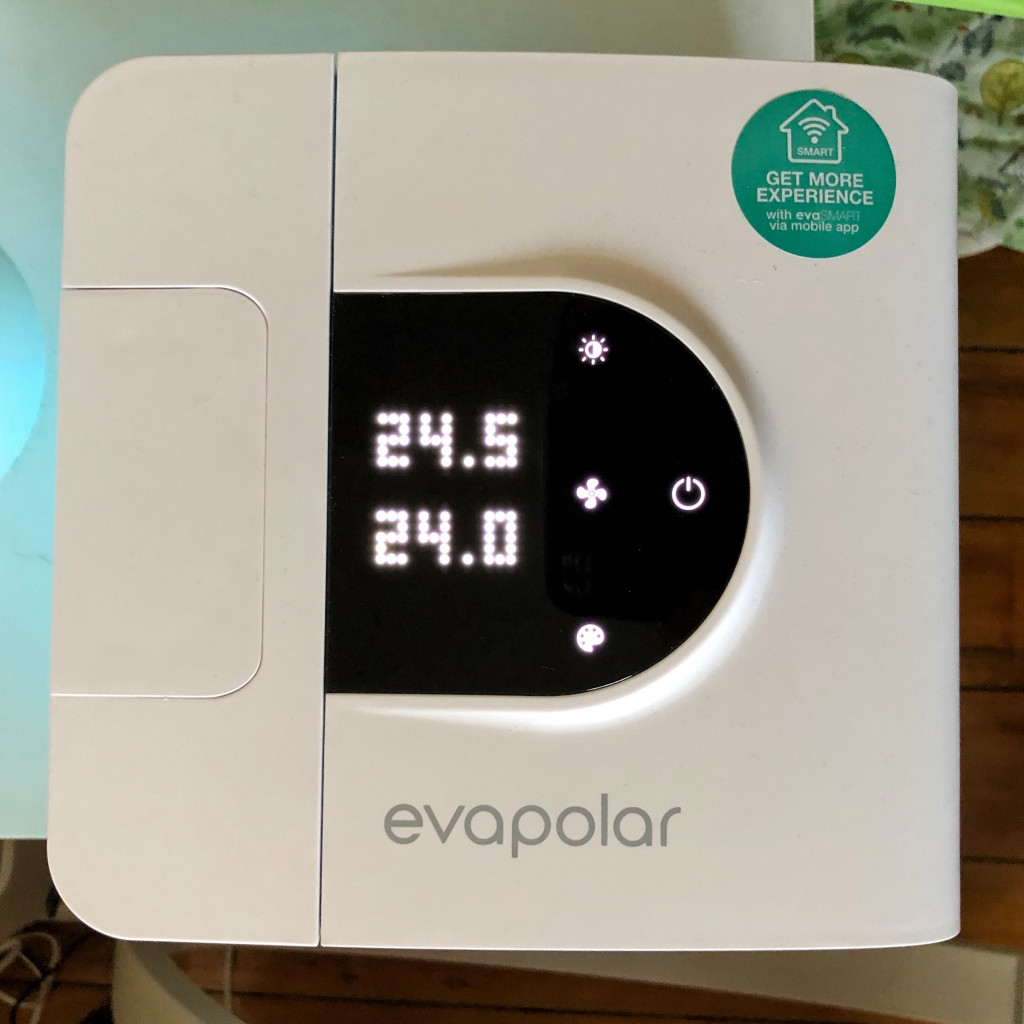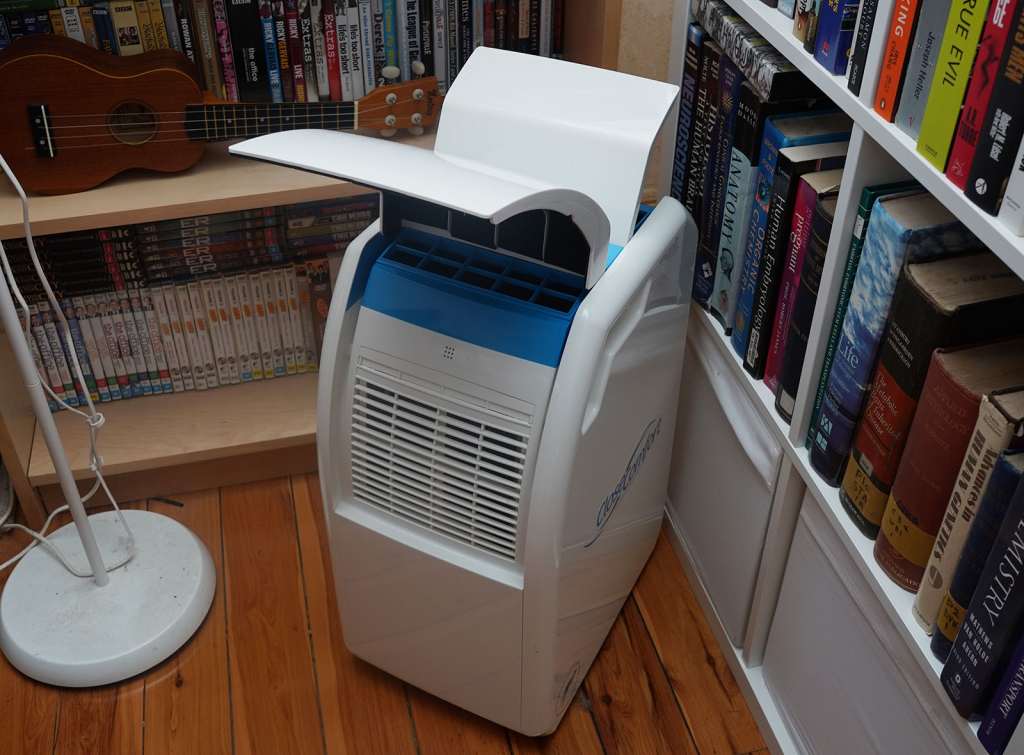The warm months are here, and you know it, as the temperature reads “hot”. How do you stay cool if you can’t install a big air conditioner? How can you keep cool if you rent?
It’s summer, and Australia’s biggest city has been pushing its sweltering temperatures. We already know it’s not the hottest place in the country, but it doesn’t matter: we can feel the heat, and a quick glance at the beads of sweat dripping down this writer’s forehead are a literal sign.
For many folks, summer is a bit of a curse. If you’re the sort that prefers it when the temperatures stay cold so you can put more clothes on, summer is the sort of hell that you can’t escape from. There are only so many clothes you can take off, and at one point in time, you just know you’re going to be uncomfortable.
While this journalist grew up in the hot heat of Texas, the summers of Sydney are different, weighed down with the heavy humidity, and an unrelenting ability to get you sweating fast. They’re like the summers in other coastal cities, in places like Singapore, in New Orleans. You know you’re going to sweat, to change clothing, to feel uncomfortable quickly because the weather deems it so.
That means it’s time to hit the power button on those air conditioning units if you have them, or to nestle up to the coldest appliance in your home and sit on the floor, doing what your dogs are no doubt doing and sticking to the ground where it’s coolest.
However in many homes across Australia, particularly those forced to rent, the temperatures will be a killer because air conditioning isn’t easily found, making those old homes, apartment blocks, and townhouse terraces a bit of a nightmare come 30-plus days.
Already, it’s just 28 in this home, and every room is feeling it. With our newborn, the first thing on this dad’s mind is keeping his family cool, almost like colder temperatures were a life and death matter, like the cave man who desperately hunted for food and water.
Without air conditioning, renters are left with options that aren’t likely to help, offering the slimmest of hope as the air is chopped by the cheapest of fans.
Is this really the case? Have we not come up with more inventive ways to cool the air down that don’t require an investment of a good thousand dollars or so, and is possible for a renter to invest in and take everywhere?
Fans
Quite possibly the cheapest way to get the air recirculating, fans break up the air by chopping and recirculating, providing a modicum of relief by blowing recirculated air back on your body. Using an oscillation mode, fans spread the load by sending that air to the rest of the room, while recreating the sense of wind by bringing it back and forth across your person.
Outside of a few fans, however, they rarely feel like they’re dropping the temperature considerably. It’s more like a relief, but not necessarily an absolute cooling system for your home.
Some fans, however, can improve things. While your $20 Target fan is unlikely to make you feel like much is happening, Dyson’s fans based off the Air Multiplier technology do appear to drop the temperature more than you might expect, thanks in part to the fact that there’s a motor in the base of the fan.
In these instances, the Dyson AM series — even the heaters that have the fan technology inside of them — are drawing air from the bottom, speeding it up through the internal motor making the Air Multiplier technology work — and then pushing it out through the fan design up top.
This in turn provides cooler air through the design of a fan, though Dyson could likely do this in any design it wants.
While Dyson’s fans provide sped up air, it doesn’t necessarily mean its cooler air is going to provide salvation unless kept running. Just like is the burden with all fans, you need to keep these running to feel the temperature drop, as it won’t condition the air to drop the temperature. Rather, it’s just about blowing and recirculating, which will make you feel cooler, but won’t retain the cool temperature long term.
Evaporators
The next option people check out, evaporator technology is a neat idea where water is basically run against a fan, essentially dropping the temperature of air from the water temperature.
There’s a catch, of course, because as water is used to to cool the air, water is therefore added to the air. That means an evaporator adds humidity to make its dent on the air temperature, which can affect how it feels.
In a small room, it may not pose much of a problem, and you may prefer the cooling especially as you sleep, but the caveat is how much humidity is in the air already when you use it.
For instance, if it happens to be a particularly humid day altogether, an evaporator won’t really do much more than blow out the air that it has, as there will be simply too much humidity already, leaving no room for the evaporator to work its magic.
If the humidity is low, however, an evaporator can move the temperature by several degrees, expelling air that happens to have been cooled by several degrees, usually four or five. That could be enough to make you feel cool, especially if it’s a particularly dry day.
Some evaporators, like the Evapolar models, are web connected, so you can find out the temperature beforehand and even control them remotely, adding to the help they may provide to your life.
Personal air conditioner
A different technology altogether, personal air conditioner is essentially an AC unit made to be mobile. These come in a variety of sizes and formats, and tend to rely on coolant to get the air temperature down.
Coolant, however, comes with its own caveat, because as coolant can get the temperature of expelled air down, it has to also push out warm air, which in turn means both are being pushed out.
In the case of Close Comfort’s portable air conditioner, that’s certainly an issue, which is why the portable air conditioner was designed to be used to cool a tent and expel the hot air back into the world, and not so much a room.
Other portable air conditioners arrive usually arrive with an exhaust vent comprising of a long tube so you can send the warm air out somewhere else, usually a window.
These don’t have the problem of needing to be installed, and work in much the same way as a conventional air conditioner, albeit without the burden of having to be fixed somewhere.
While they are nowhere near as effective as installed air conditioning units, they are the gadget and technology most likely to cool your rooms and not just recirculate the air, provided you have somewhere to send that warm air (usually an open window).
The best choice
Ultimately, the best choice is the one you can afford, though we’d probably suggest start with the fans first and gradually make your way up.
Every home situation is different, and if you own, you obviously have the greatest amount of choices, but if you don’t, it can become more complicated.
We’re hesitant to say to everyone “buy the air conditioner” because not only will it not match every need, but you may not be able to install it, it may be too costly to install, and its electrical costs (not to mention propensity to damage the earth) may end up weighing on your conscience heavier than you might expect.
Everyone is different, and everyone feels the heat differently.
If you feel the heat at home and you can’t get to sleep, and you’ve tried the tips that should make it easier but don’t, it might be time to step up the cooling techniques beyond a fan and beyond a wet rag. It might be time to open a window and use one of the portable air conditioners, to at least return a sense of sanity and sleep to your life.
However, if the heat is only a minor irritant, stick with the fan, because you might find yourself sitting against the floor, holding icy drinks to your head, and running for the beach or the pool because you know you can.
Choose your solutions wisely, and know that so many are in the same boat as you, and that come autumn, this will all be over, ready for you do it again six months later, when you’ll be properly prepared.













